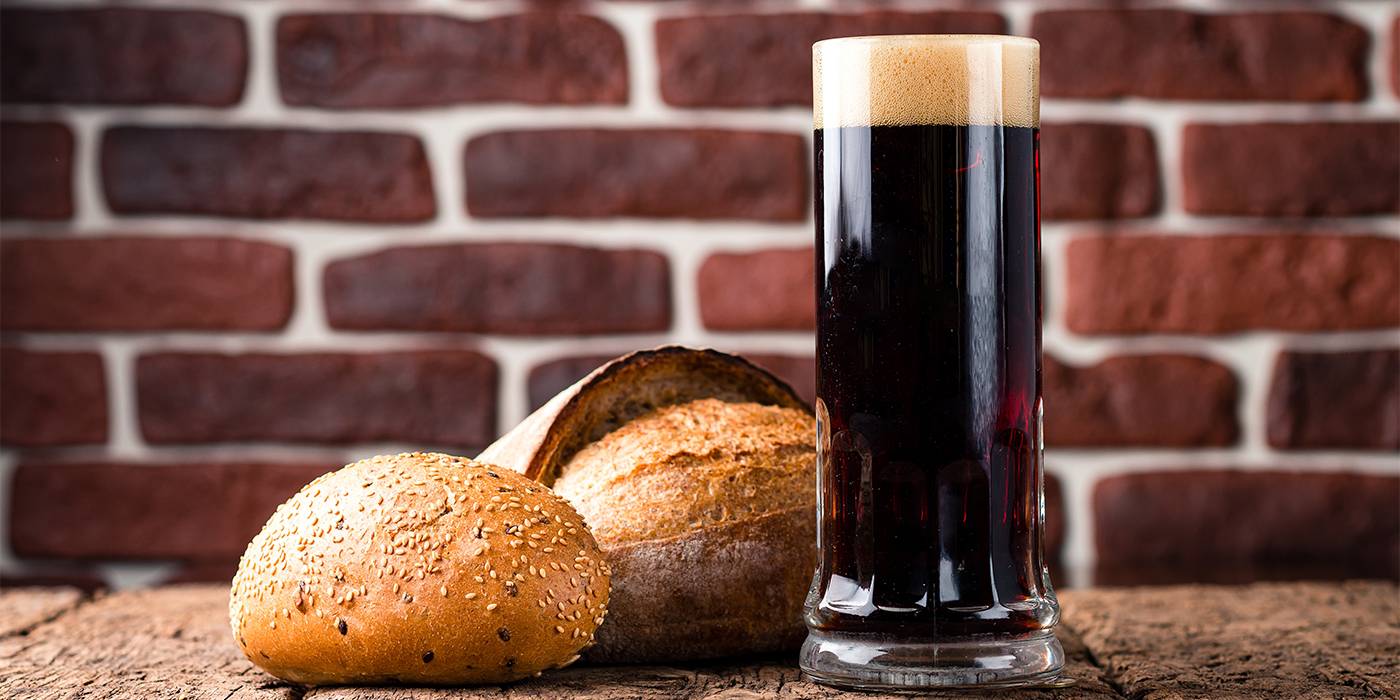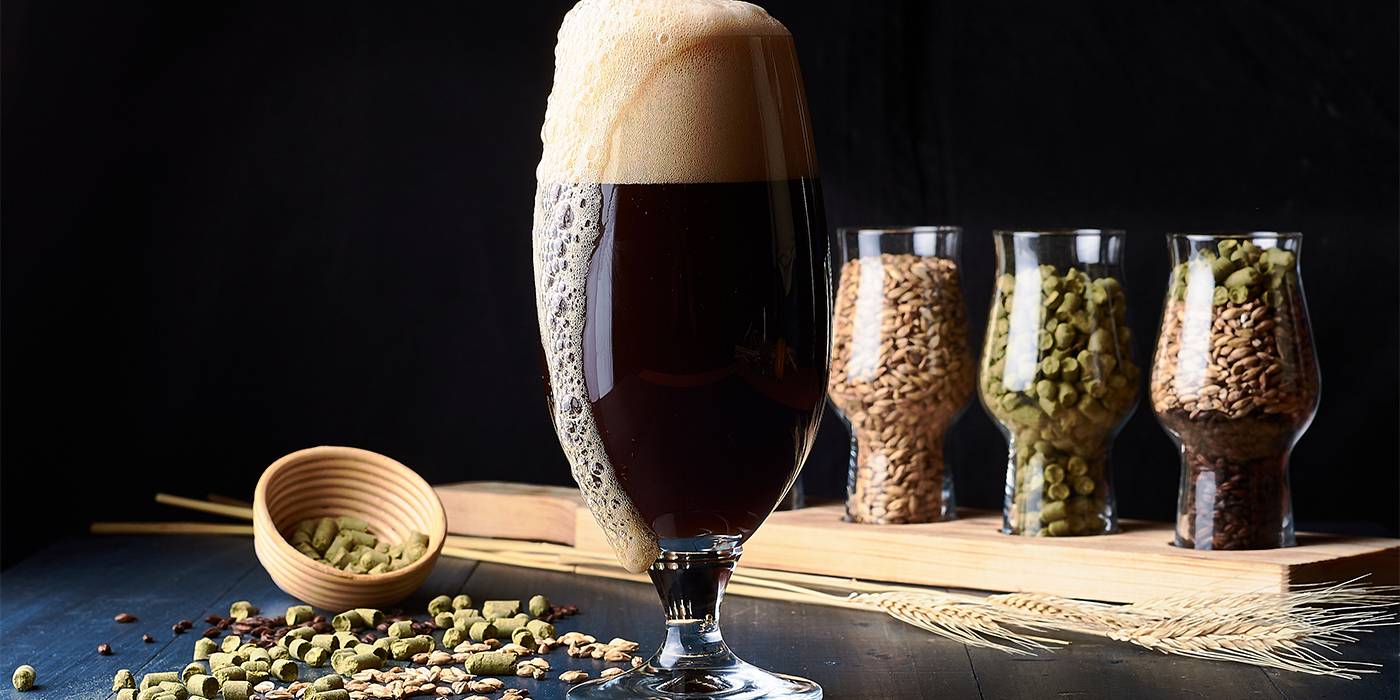Types of dark beer
Discover all the different types of dark beer and find your favourite with our complete list of beers. Don't miss it.

Julio Cerezo - Beer Sommelier
Director of Sabeer Beer Academy
Dark beers have not traditionally been among the most popular choices for Spanish beer drinkers. With a flavour so distinct from the familiar golden lagers we usually consume, our initial reaction to them has often been one of rejection, making it less likely that we would try them again, which in turn has limited our deeper understanding of them.
So much so that, for the majority of beer enthusiasts, dark beers are considered a single category or style with identical sensory characteristics. However, nothing could be further from the truth, as this assumption is as reductive as saying that all red wines taste the same.
In reality, the world of dark beers encompasses a vast array of styles with significant differences in alcohol content, bitterness intensity, body, and aromatic complexity – all of which result from the use of different ingredients in their respective recipes and the unique aspects of their brewing processes.
As an example, here are five of the most popular styles of dark beers, along with the characteristics that set them apart, keeping in mind that the range of options is far broader:

- Stout > This is likely the only British beer style that has gained some popularity in Spain, thanks to its most iconic brand: Guinness. Brewed with ale yeast and a percentage of unmalted roasted barley, the style originated as a stronger variation of the also dark and British Porter. It often features coffee notes, sometimes accompanied by hints of liquorice and even bacon. Example: Guinness Irish Stout.
- Porter > Originally served in London taverns by blending barrels of young beer with those from an older batch. Porters had a higher strength than other beers of the time, making them favourites among labourers such as porters, from which the name is said to derive. Porters tend to offer more chocolatey than coffee notes. Example: Samuel Smith Taddy Porter.
- Munich Dunkel > When we think of Munich and beer, the first image that often comes to mind is Oktoberfest, with its servers in traditional dress carrying multiple steins of golden beer. However, until a few decades ago, the preferred beer in Munich was Dunkel, which, as its German name suggests, is ‘dark’. Compared to the two British styles above, Dunkel is easier for us to drink, as it is brewed with lager yeast and uses slightly less roasted malts. Example: Mahou Maestra Dunkel.
- Dunkel Weizen > Another dark German beer, this one belongs to the family of wheat beers. It offers fruity banana aromas and spicy clove notes, which, when combined with the roasted malt flavours, create a surprising taste experience. Example: Franziskaner Weissbier Dunkel.
- Czech Dark Lager > A Central European dark beer brewed with bottom-fermenting yeast. Its alcohol content typically does not exceed 4%, and its body is very light, surprising those who expect the robust flavours of a Stout based on its colour. On the palate, it usually offers caramel and roasted notes, with only occasional hints of coffee. Example: Kozel Dark.

What do you think about?
Share comments, opinions and tricks with the Community







